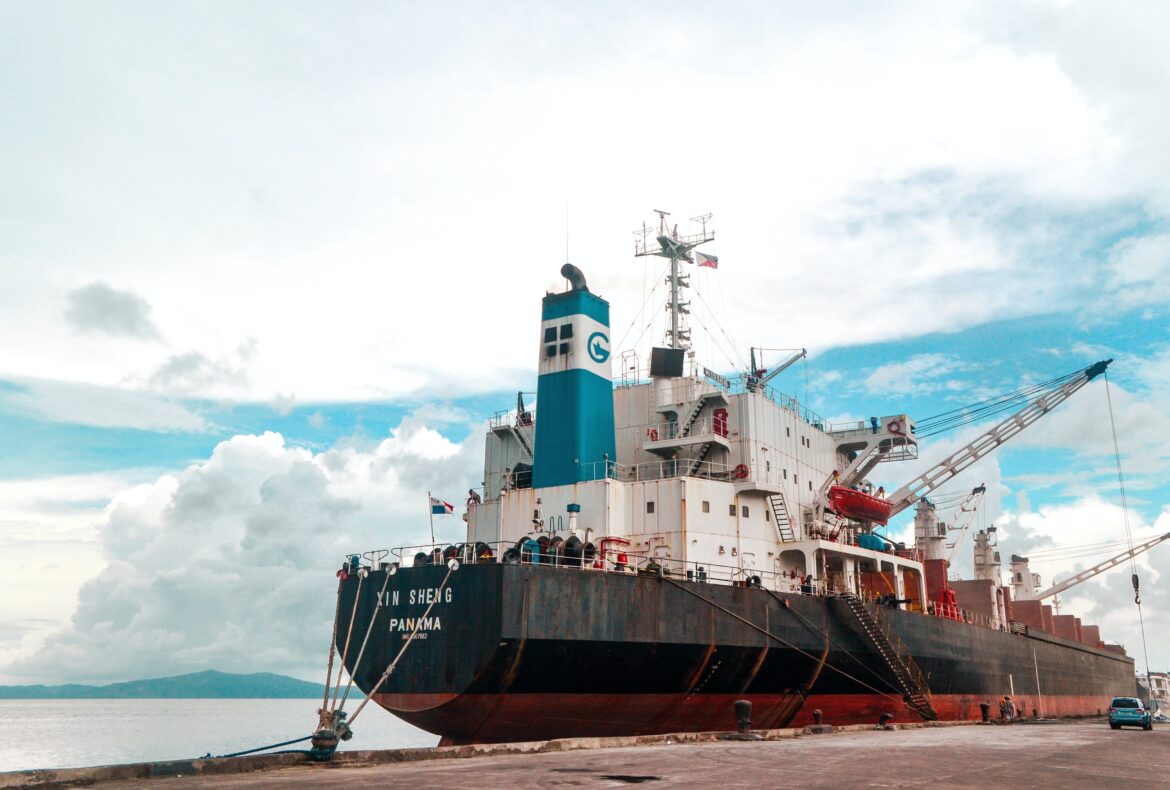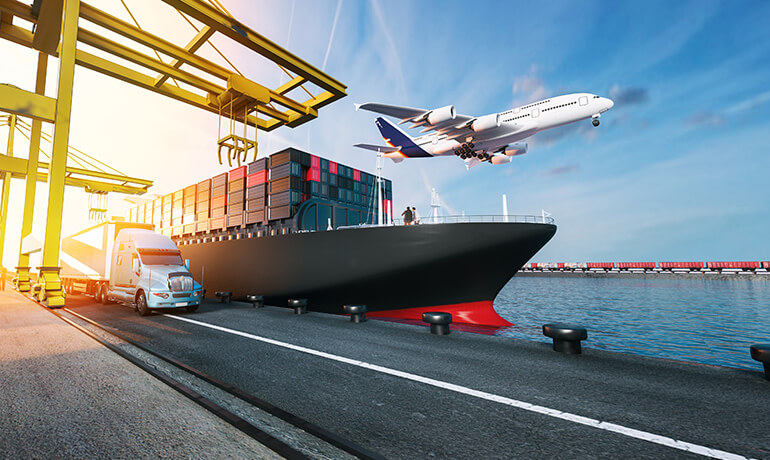According to
article L330-1 of the Civil Aviation Code, public transport (TP) or public passenger transport (TPP) is that used to market aircraft flights to passengers. It is therefore the flights for which passengers pay and companies make a profit. Whether
freight or passengers, the aircraft must be certified as public transport to market flights. This legal regime ensures greater security for passengers.
The Civil Aviation Code does not explicitly define private transport. It is specified that the two notions of transport are opposed. It is forbidden to ask for financial compensation for a private transport flight, the air travel service must be offered free of charge or only share the costs related to this flight.
Public transport certification, guaranteed security
Public transport certification is granted to aircraft of public or legal entities with an ATC (Air Transport Certificate).
An Air Operator’s Certificate (AOC) is an approval issued to an air operator allowing it to carry out commercial passenger transport operations for remuneration. This document certifies the airline’s ability to guarantee flights under the best safety conditions.
The competent authority of the member country issues this licence, which is valid in Europe. In France, it is the
Direction Générale de l’Aviation Civile (DGAC) which is in charge of awarding public transport licences. The DGAC regulates access to this certification.
Public transport flight, a controlled safety regulation
Business aviation is subject to the same safety procedures and standards as major airlines such as American Airlines or Air France.
Worldwide, two bodies are responsible for monitoring the safety of civil aviation. On the one hand, the
Federal Aviation Administration (or FAA).
Medical checks on pilots
When you are a pilot, it is compulsory to take a medical test every year. After the age of 40, the test is half-yearly, i.e. twice a year. From the age of 65, the pilot can no longer practice his profession. During the medical examination, an aviation doctor checks your general state of health. Pilots also undergo a urine test, an electrocardiogram, a blood test, a lung function test, an audiogram, an ENT examination and an eye examination. If the doctor does not validate the criteria, he or she may temporarily or permanently revoke the pilot’s licence depending on the abnormality.
Strict maintenance of the equipment
Private jets, cannot be maintained in any structure. Aircraft must be maintained in a structure approved by its manufacturer and by the competent authority of its country of registration. In France, this is the DGAC. Depending on its use, there are 4 levels of maintenance ranging from A to D. Levels A and B correspond to an aircraft with no anomalies. These are maintenance carried out before and after each flight. Levels C and D are more extensive and bring the aircraft to a standstill for a longer period of time to check every detail of the aircraft. After a certain time, the technicians change the parts. This is done regardless of their condition.
Evaluating pilot knowledge
Once a year, pilots undergo technical knowledge tests on their environment in a simulator. These tests, supervised by instructors, aim to verify the pilot’s knowledge of his environment. The questions generally focus on the characteristics of specific aircraft, flight situations or specific airports.
If you wish to hire an aircraft and its crew, you must ensure certain points for your safety. In particular, you must make sure that the structure to which the private jet belongs has an ATC. For example, that its aircraft are certified for public transport. You can see this on the flight plan number (Tail Number) sent by your broker: airlines submit a flight plan to civil aviation, mentioning the type of flight operated. On the flight plan, a letter specifies the type of flight:
G: General aviation (sport, business etc.)
S: Regular Air Transport
N: Non-Scheduled Air Transport
M: Military
X: Type of flight not corresponding to any of the above categories
If an unauthorised air operator operates a flight under the public transport regime, it is illegal passenger transport. In the event of an accident, passengers will not be covered for medical expenses or financial compensation. Indeed, insurers automatically stipulate a universal clause that allows them to be released from any financial responsibility in the event of an accident involving an “illicit” carrier.






Leave a comment